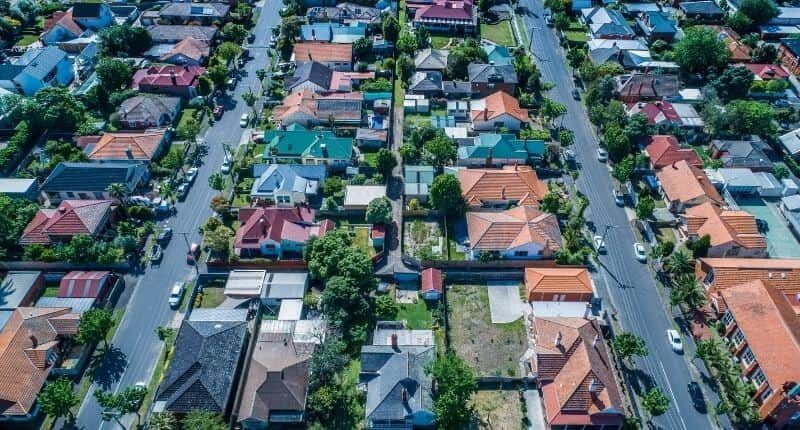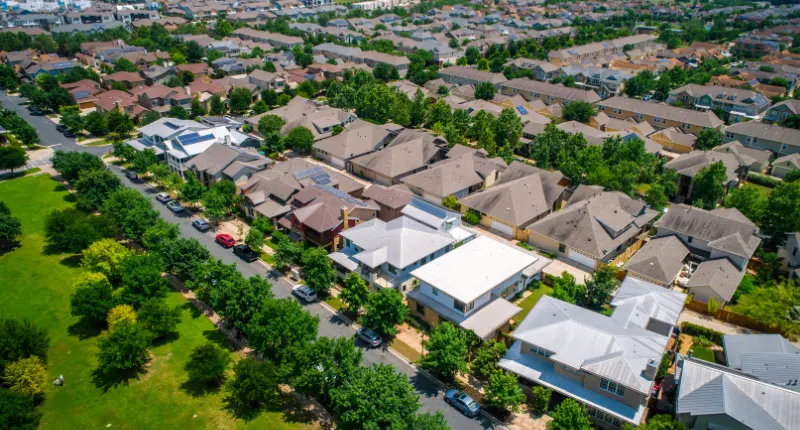- Overall, loan commitments fell by 3.4%
- There was also a decline in new investor loan commitments
- First home buyer increase arguably caused by lower house prices and the First Home Guarantee
Data released by the Australian Bureau of Statistics (ABS) has found that the value of new commitments for housing fell by 3.4% in seasonally adjusted terms to $27.4 billion in August 2022.
This decline follows the 8.5% fall recorded in July.
“The value of new owner-occupier loan commitments fell 2.7 per cent in August 2022, and the value of new investor loan commitments fell 4.8 per cent,” said Katherine Keenan head of Finance and Wealth at the ABS.
“Although lending continued to fall from the high levels of June 2022, the value of loan commitments in August remained elevated compared to pre-pandemic levels. Owner-occupier loans in August were 36 per cent higher than February 2020, while investor loans were 70 per cent higher.”

First home buyers on the rise (again)
Despite the decline overall, notably the number of new loan commitments to owner-occupier first home buyers rose by 10.4% in August 2022 to 9,258.
This was the largest rise recorded since August 2020, although well below the 16,330 peak in January 2021.
Increased demand was seen across nearly all the states and territories, especially in Victoria (up 11.9%), Queensland (up 14.3%) and Western Australia (up 13.9%).
“Anecdotal feedback attributed some of the August owner-occupier first home buyer increased demand to the 2022-23 First Home Guarantee,” Ms Keenan said.
Just last, 10,000 new places were opened as part of the scheme for regional property.
In terms of refinancing for owner-occupied loans, the value rose by 2.8% in August 2022 to a new record high of $12.8 billion. Amid ongoing increases in the cash rate, borrowers continue to seek loans with lower interest.
At a national level, the average loan size for owner-occupied dwellings (which includes construction and purchase of new and existing dwellings) fell from $609,000 to $589,000 in August. However, this level is 23% higher than February 2020.
Average loan sizes fell in every state, although both territories saw a slight rise.








